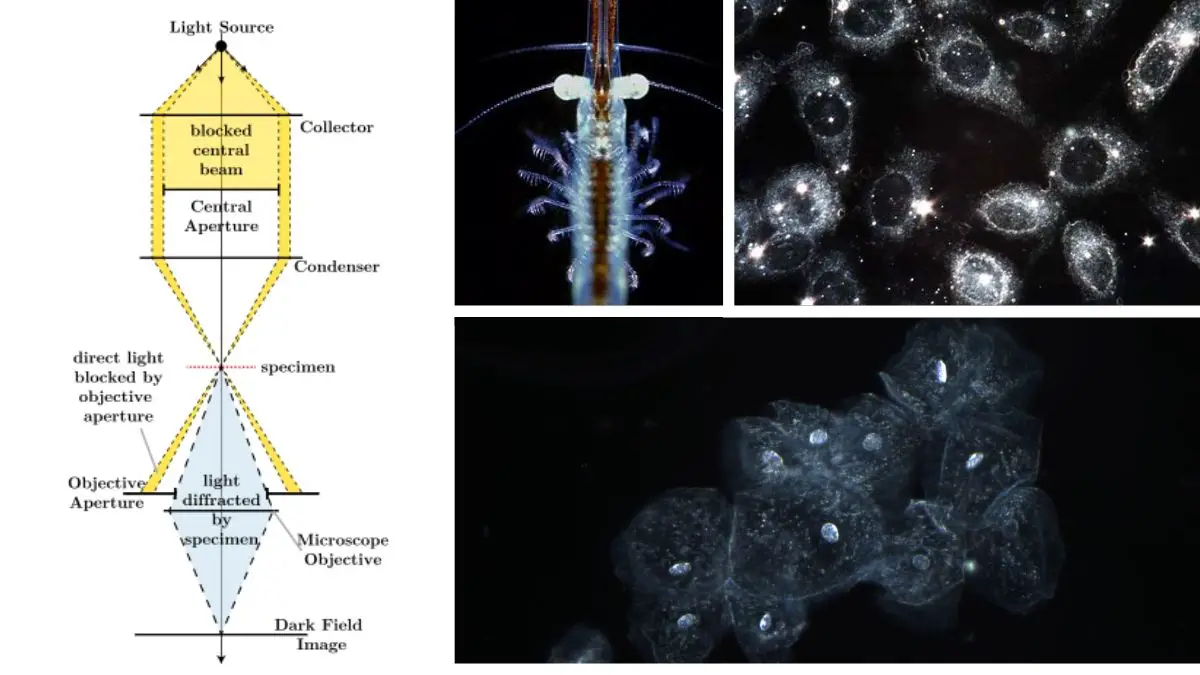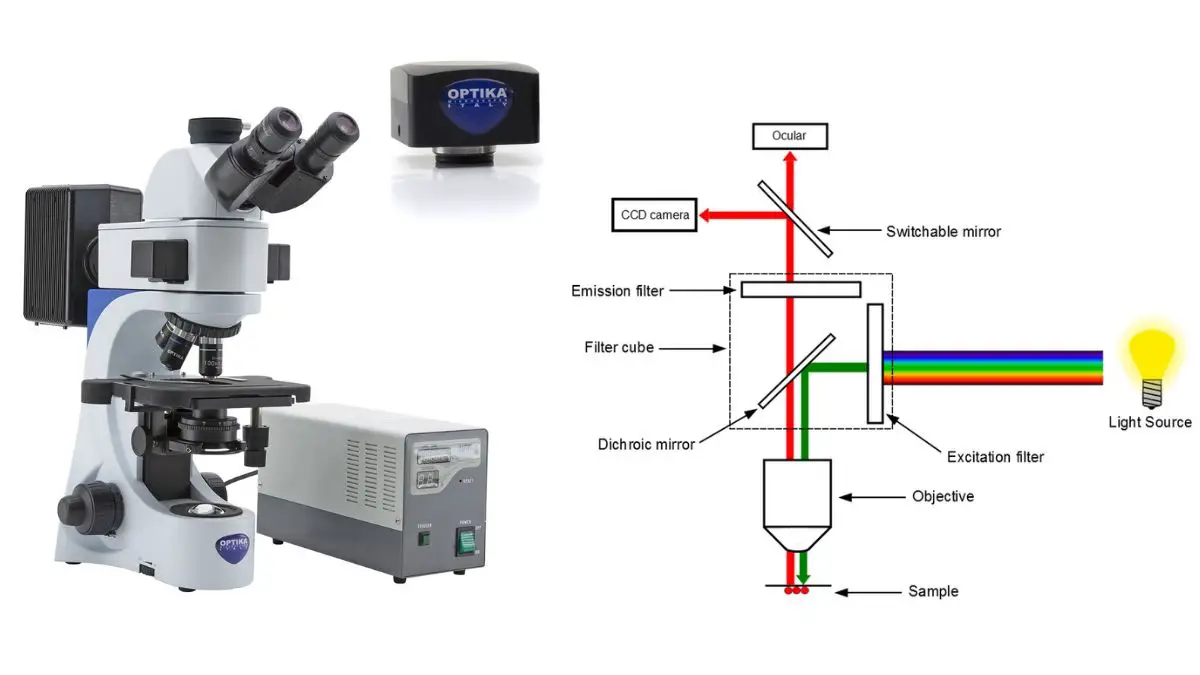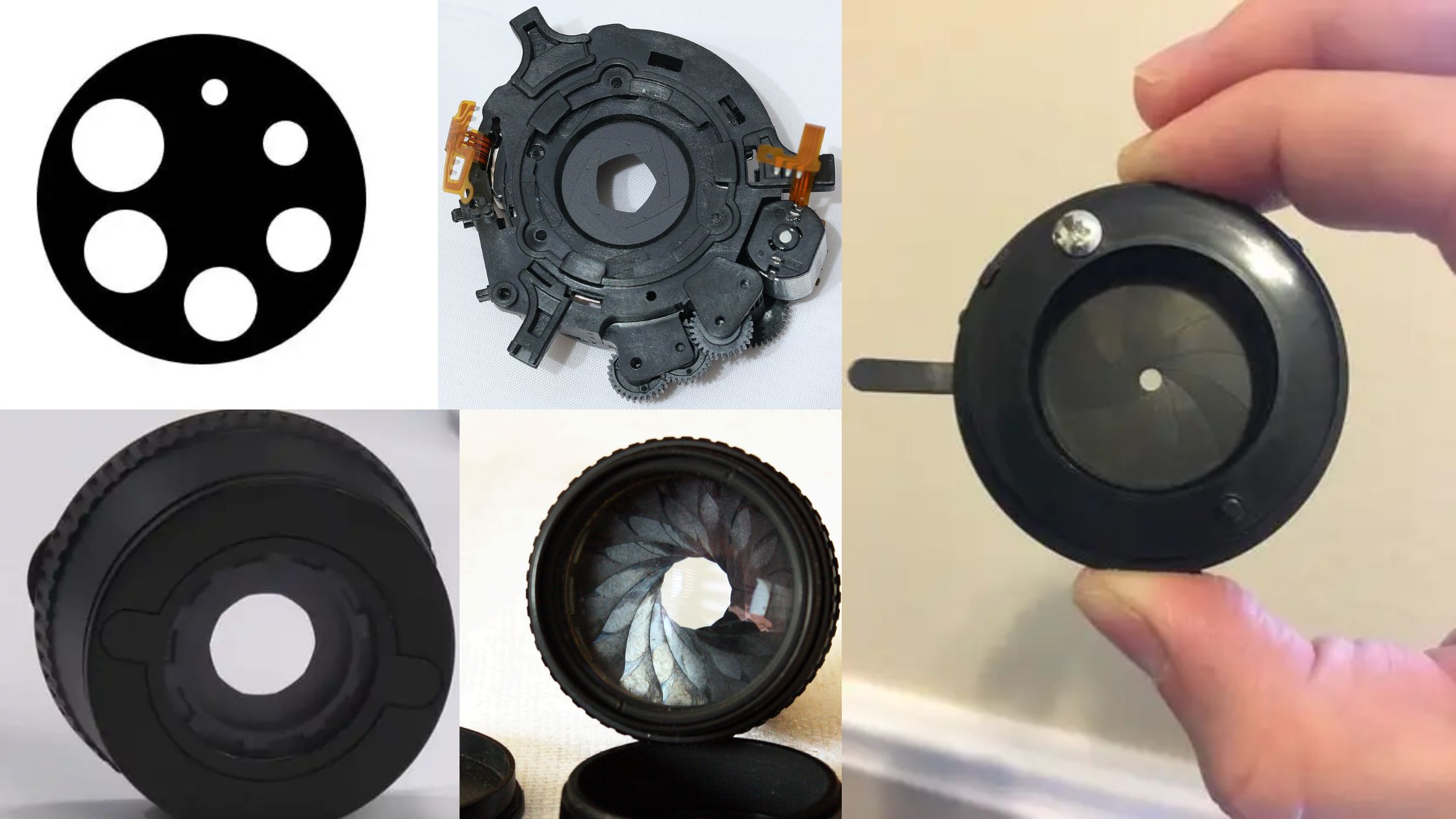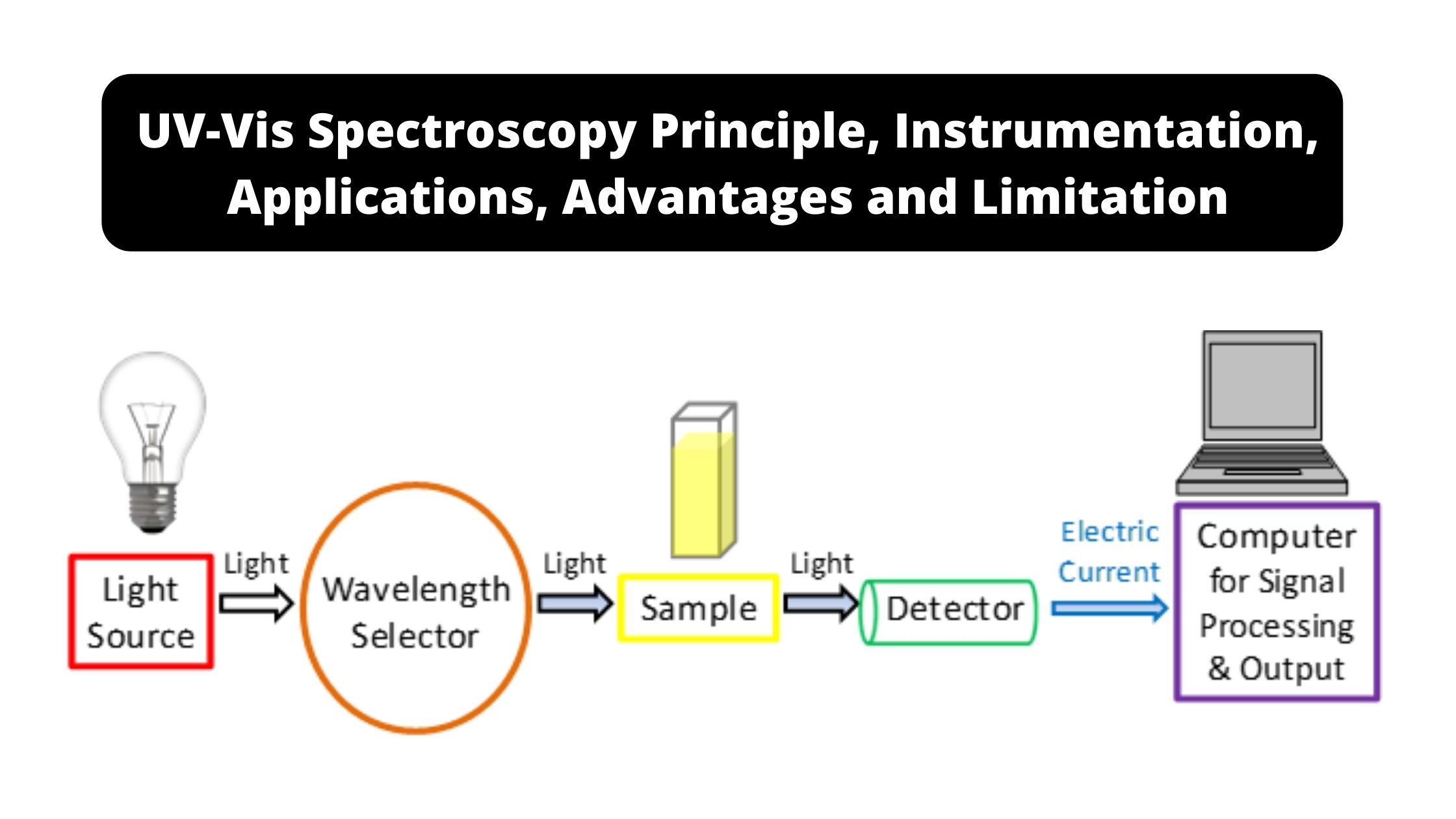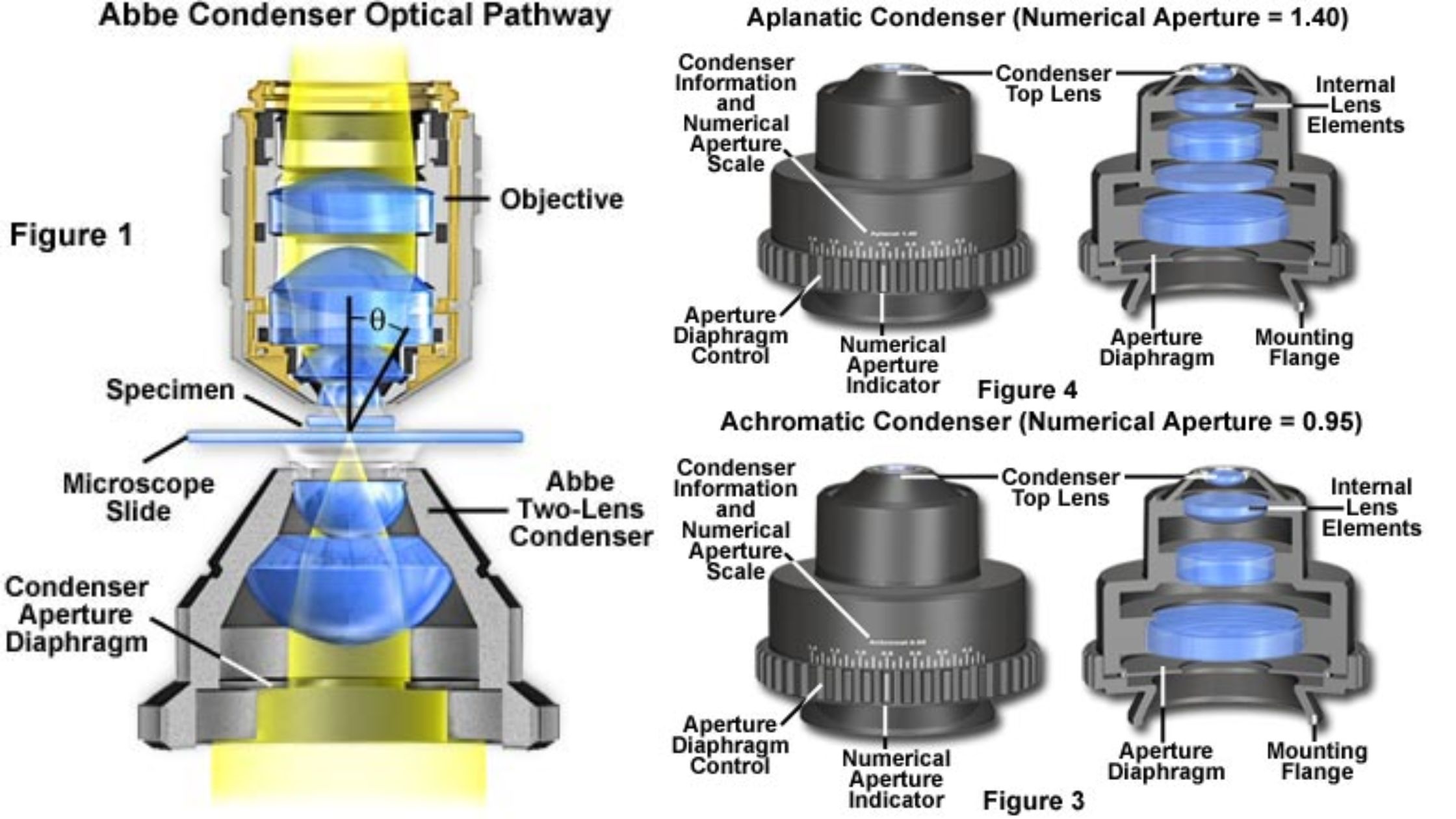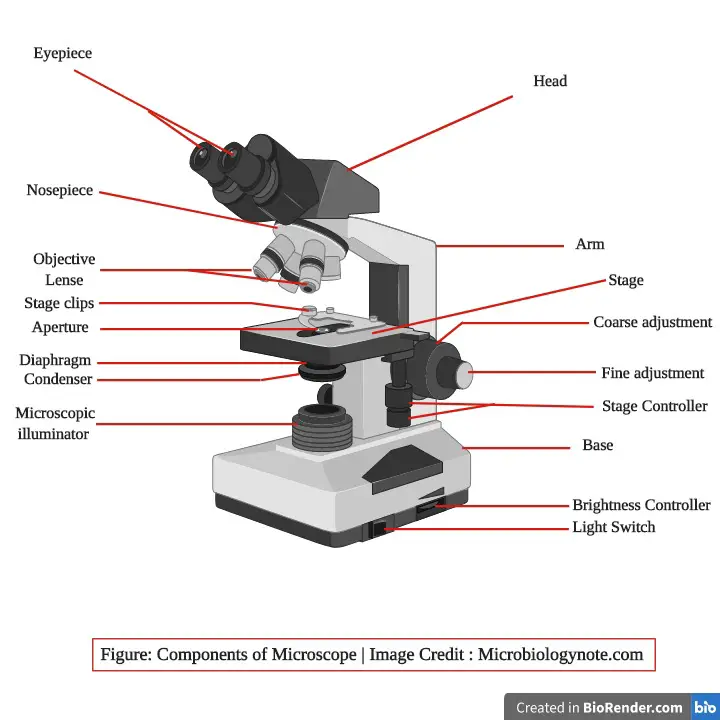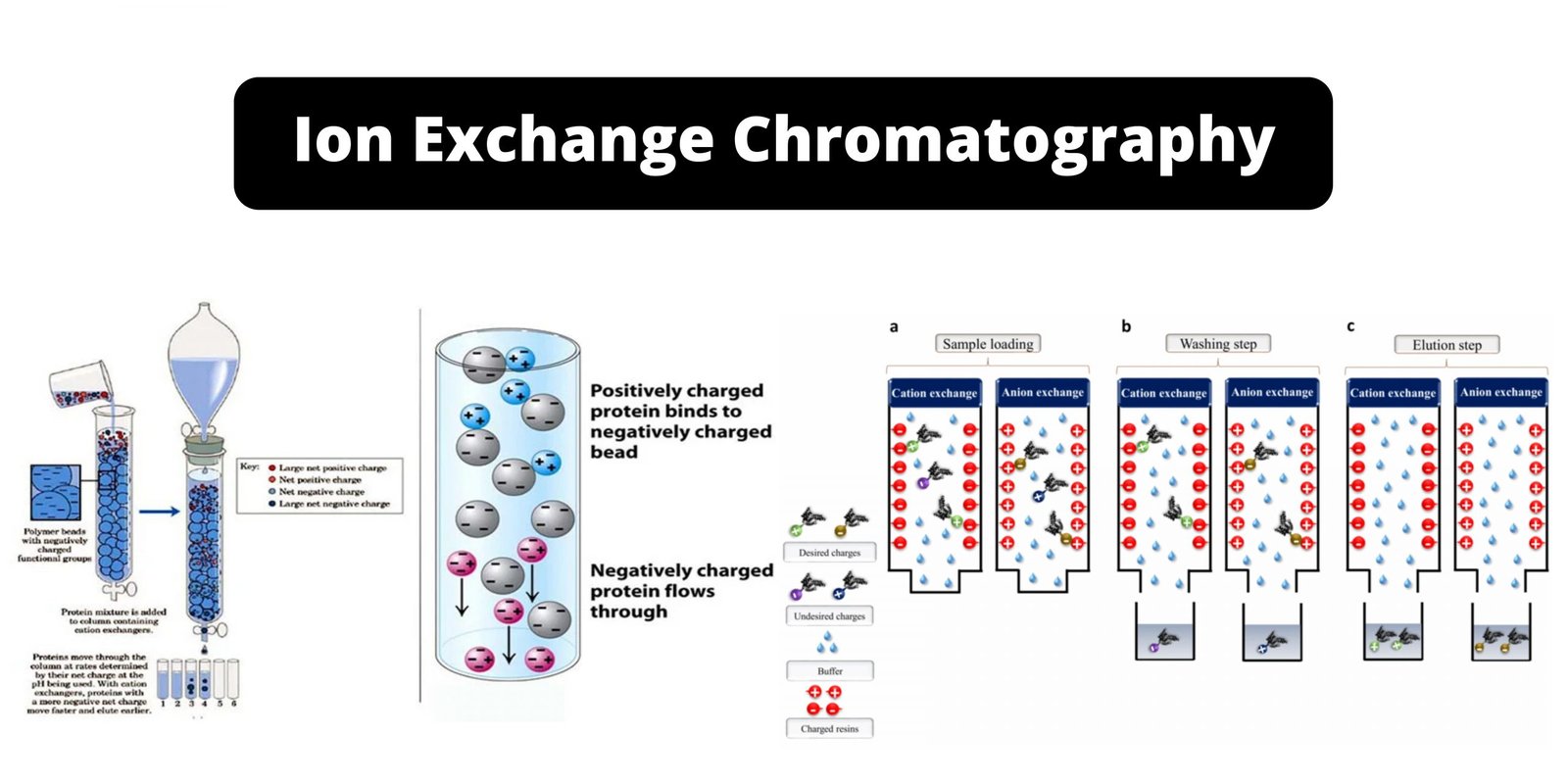Oil Immersion – Technique, objectives, Resolving Power, Used for, Types.
What is Oil Immersion? What is Microscopic Resolution? Microscopic Resolution Definition The microscopic resolution also is known as resolving power. Resolution is defined as the ability of a lens to separate or distinguish between small objects that are close together or the ability to distinguish two adjacent points as distinct and separate. Equation of Microscopic … Read more


